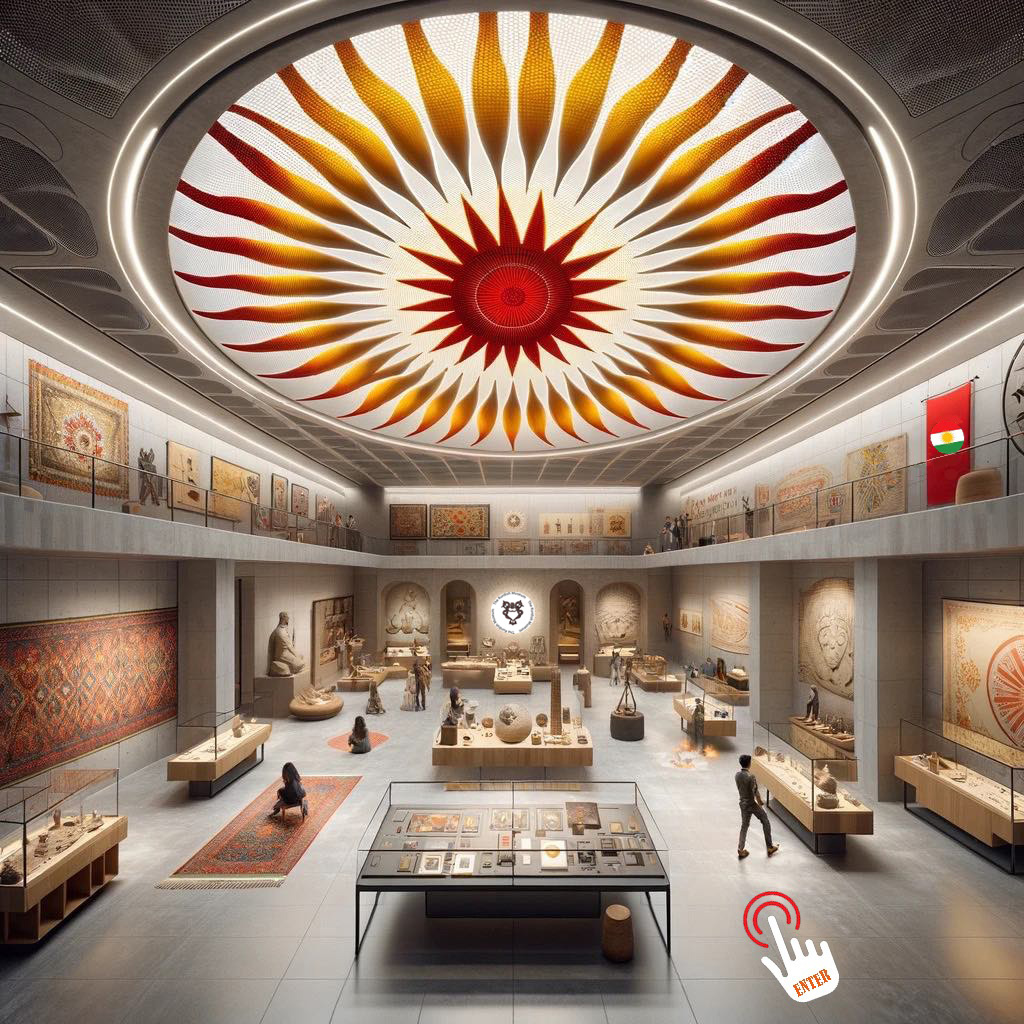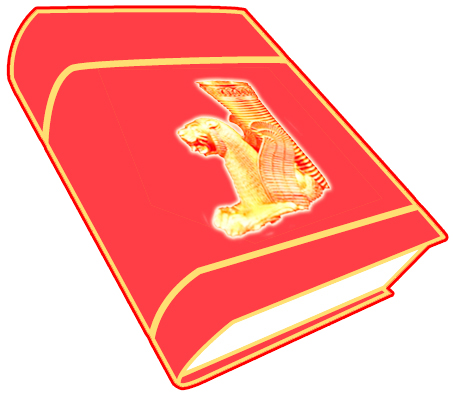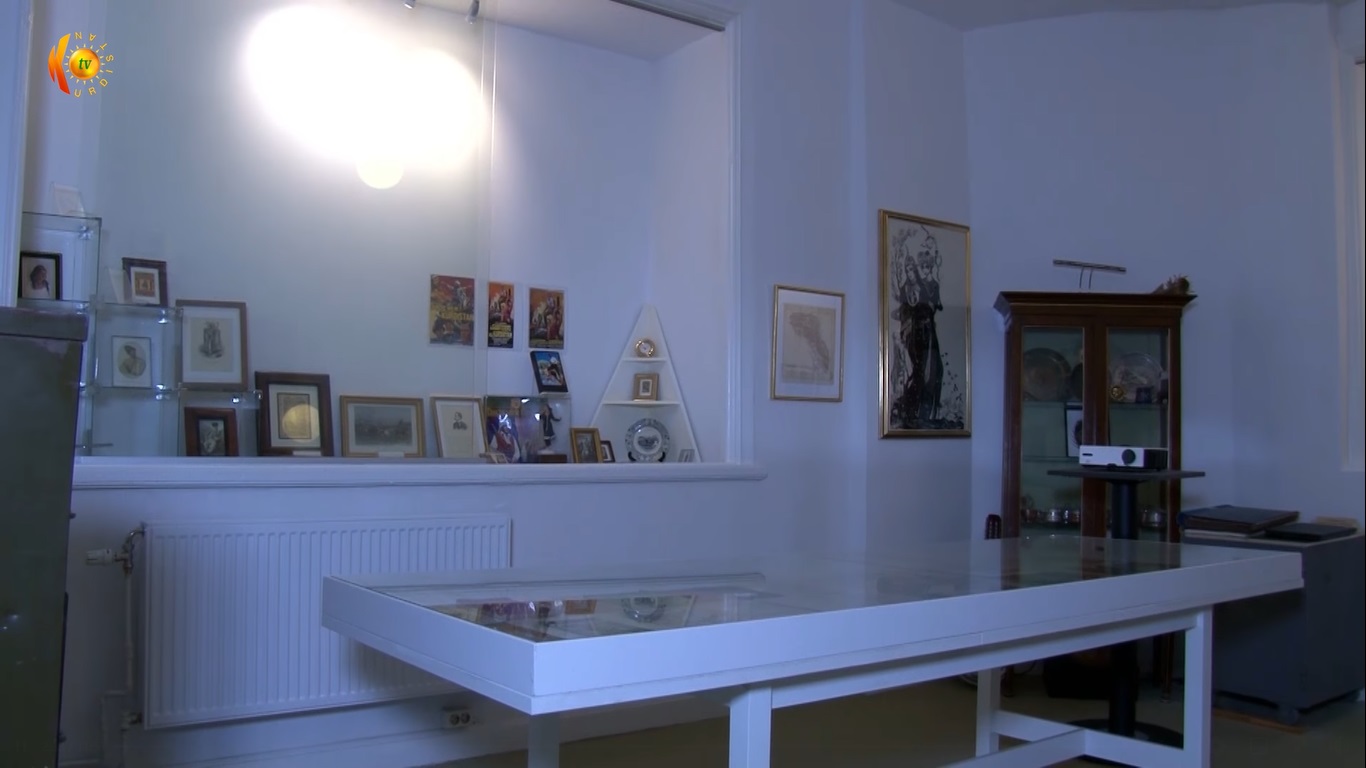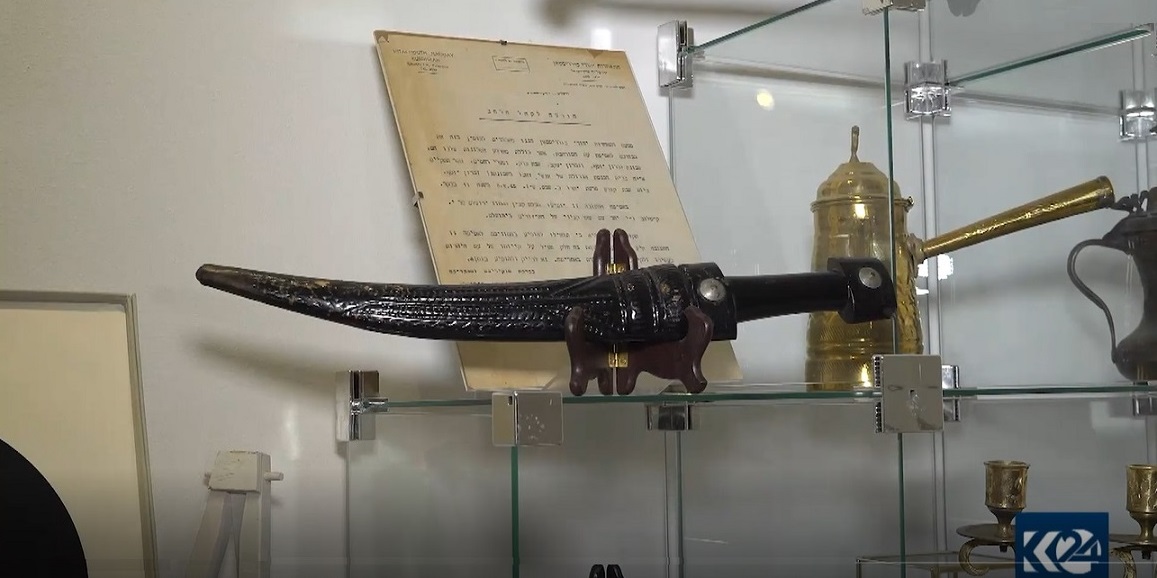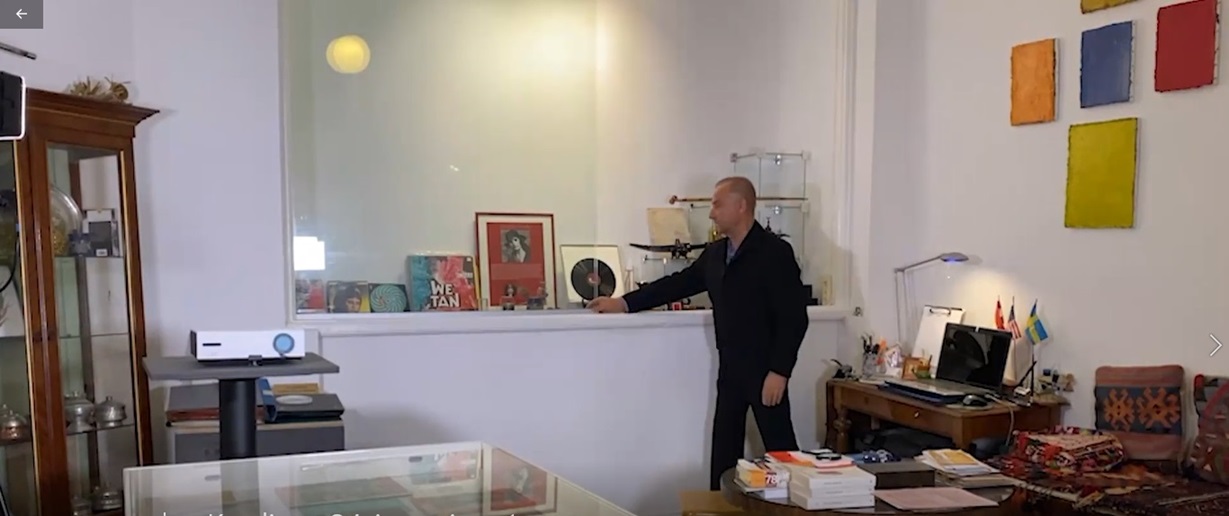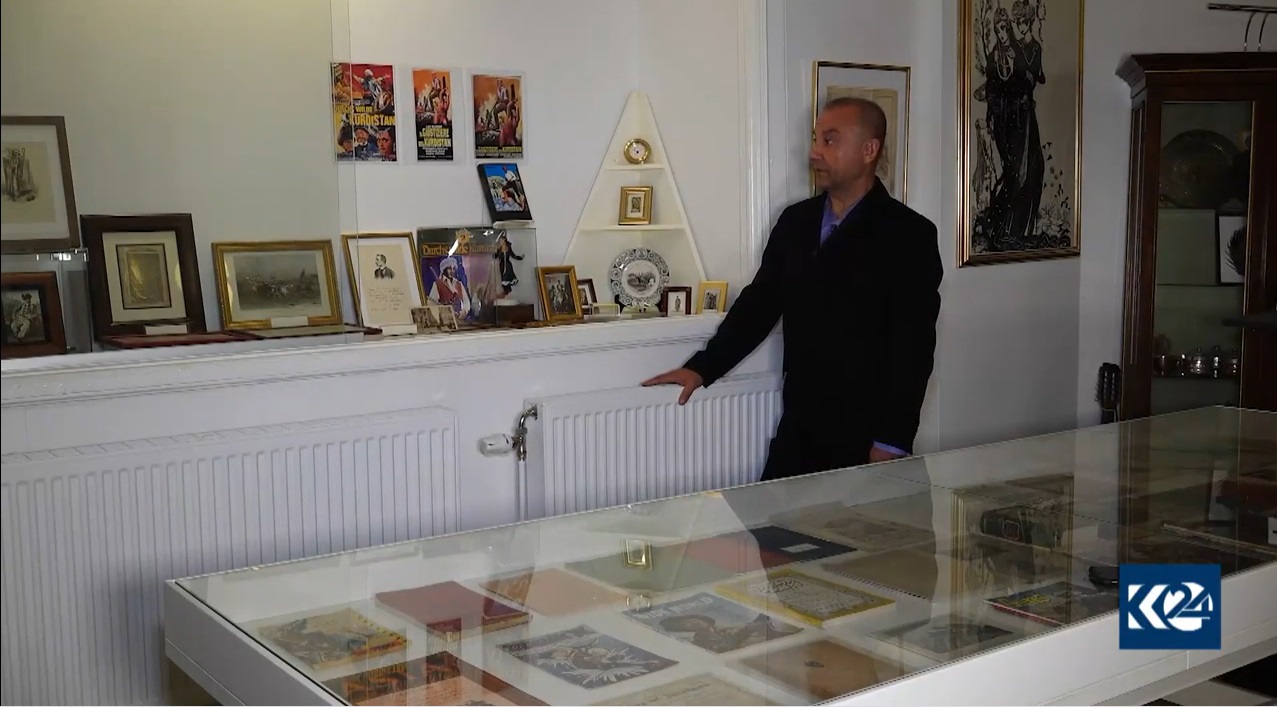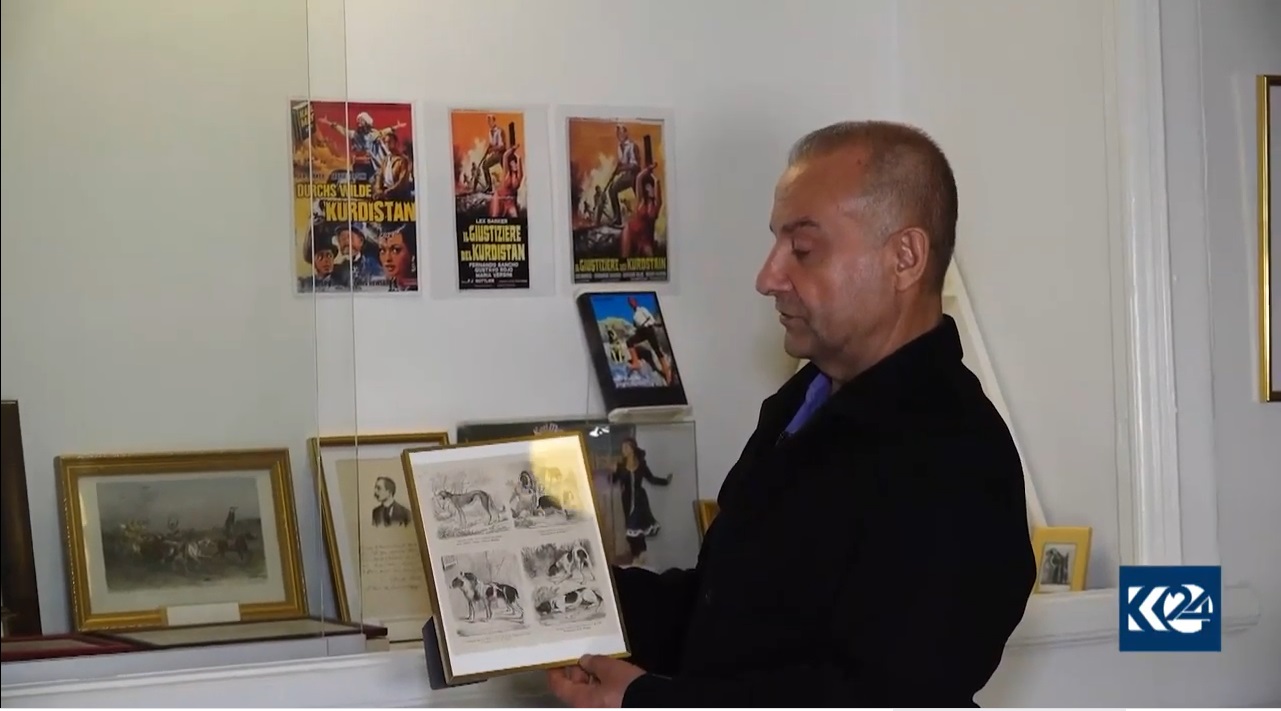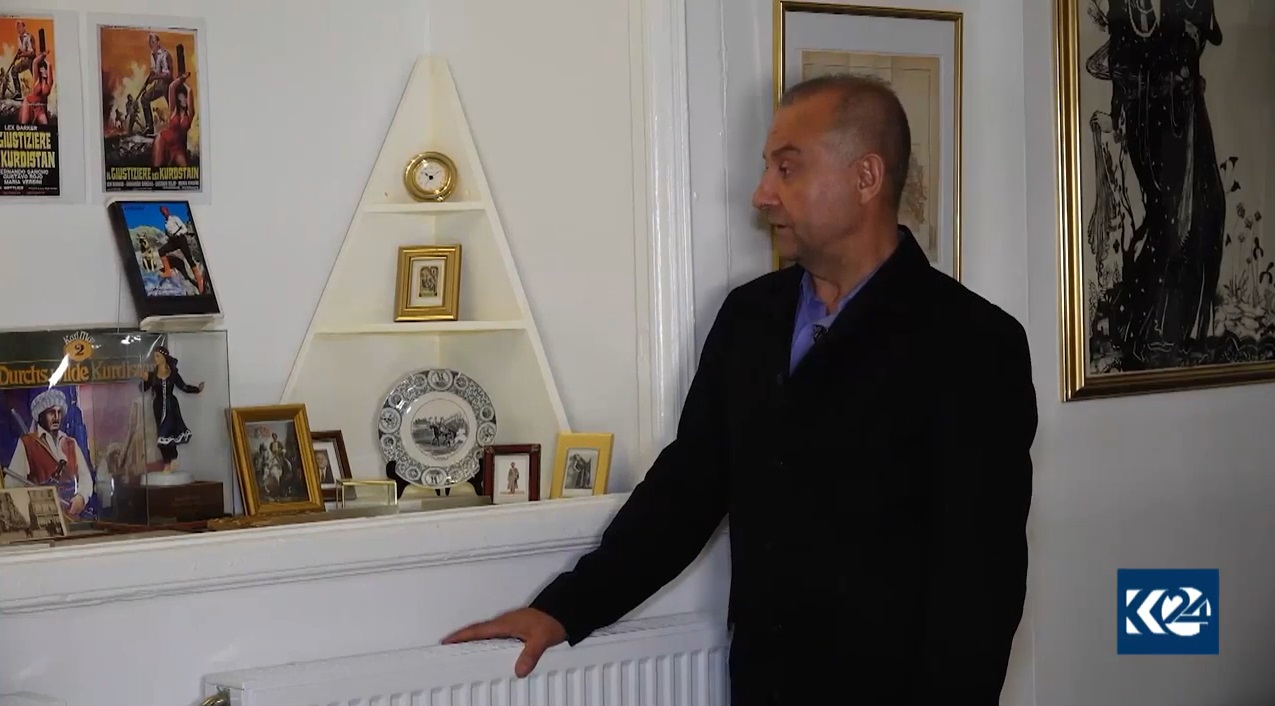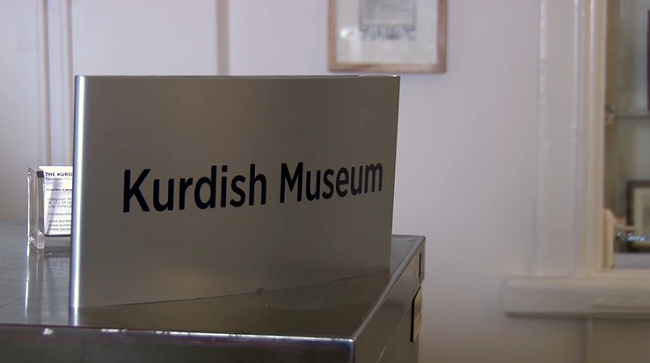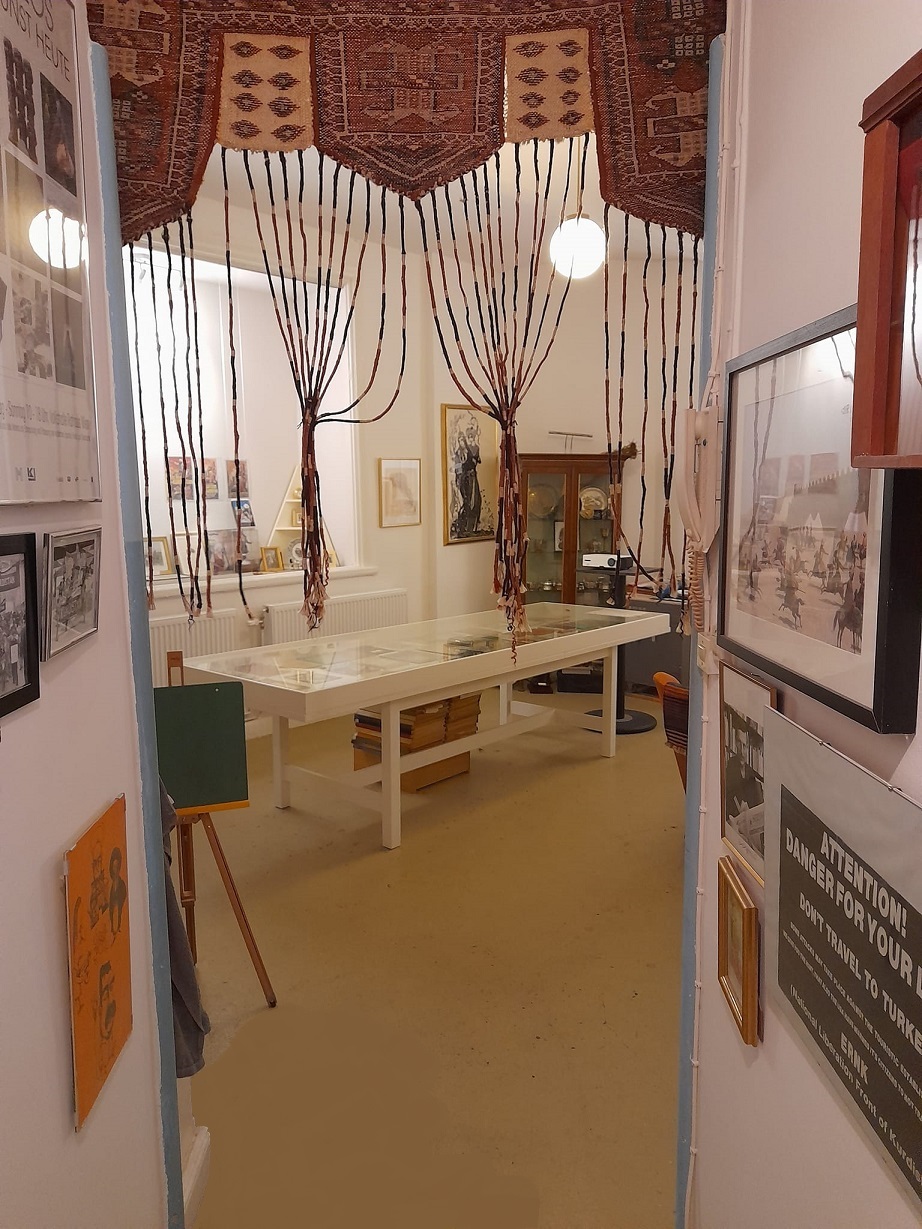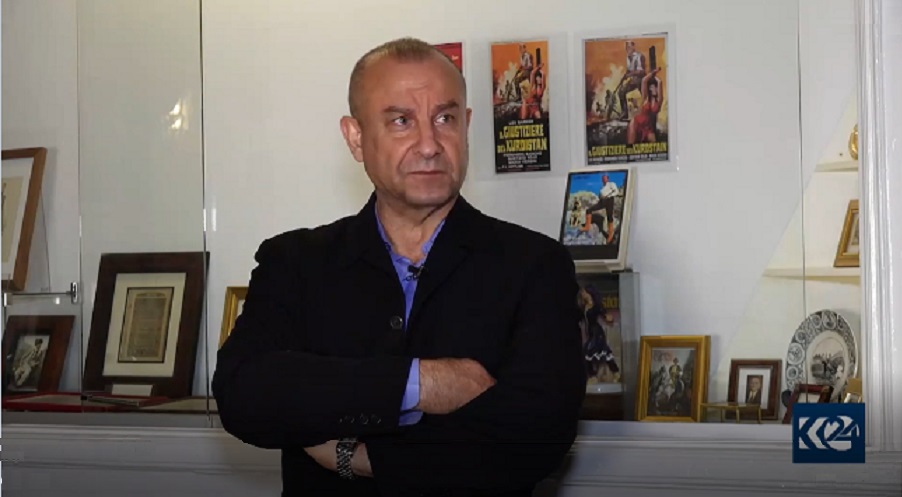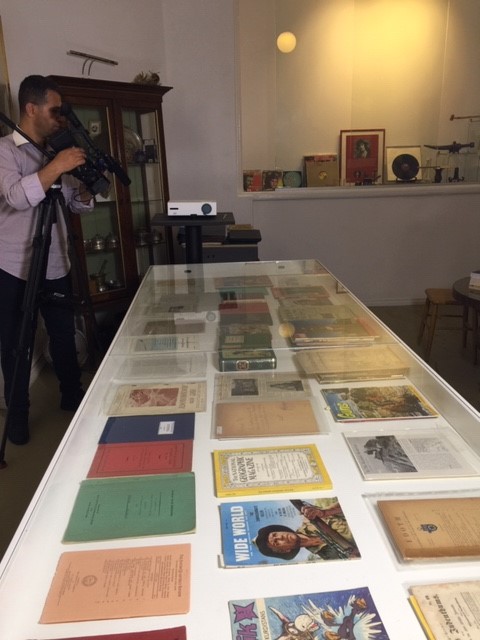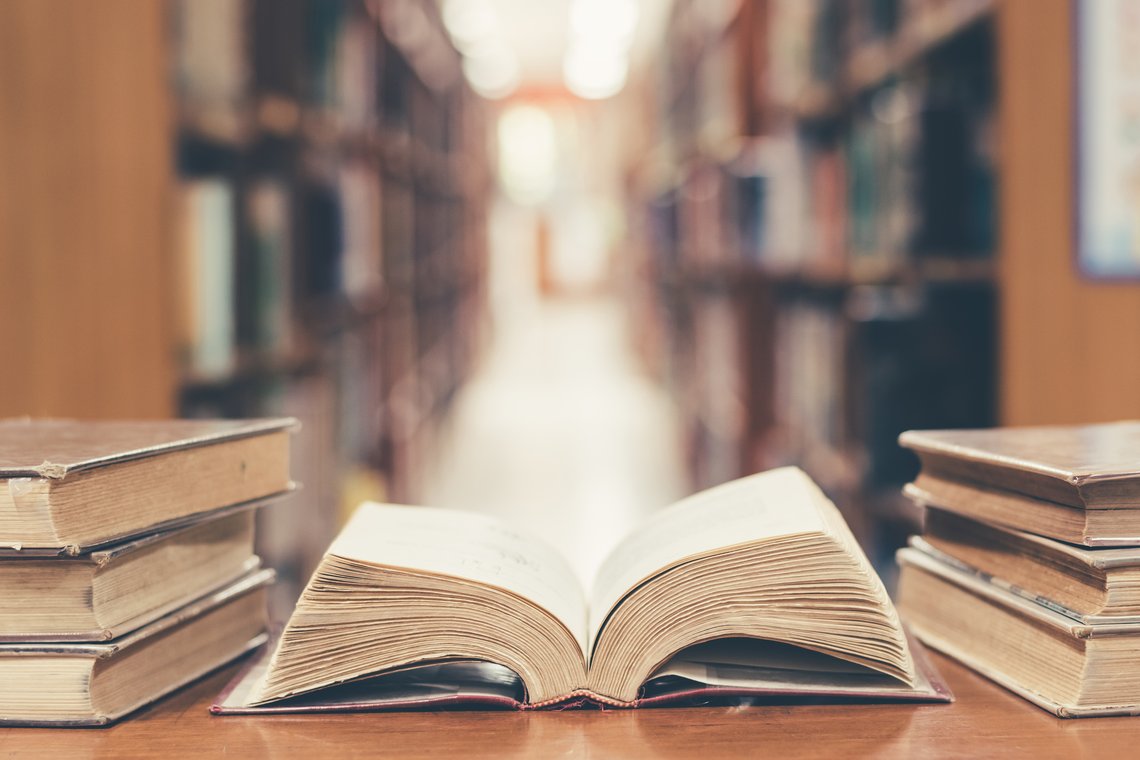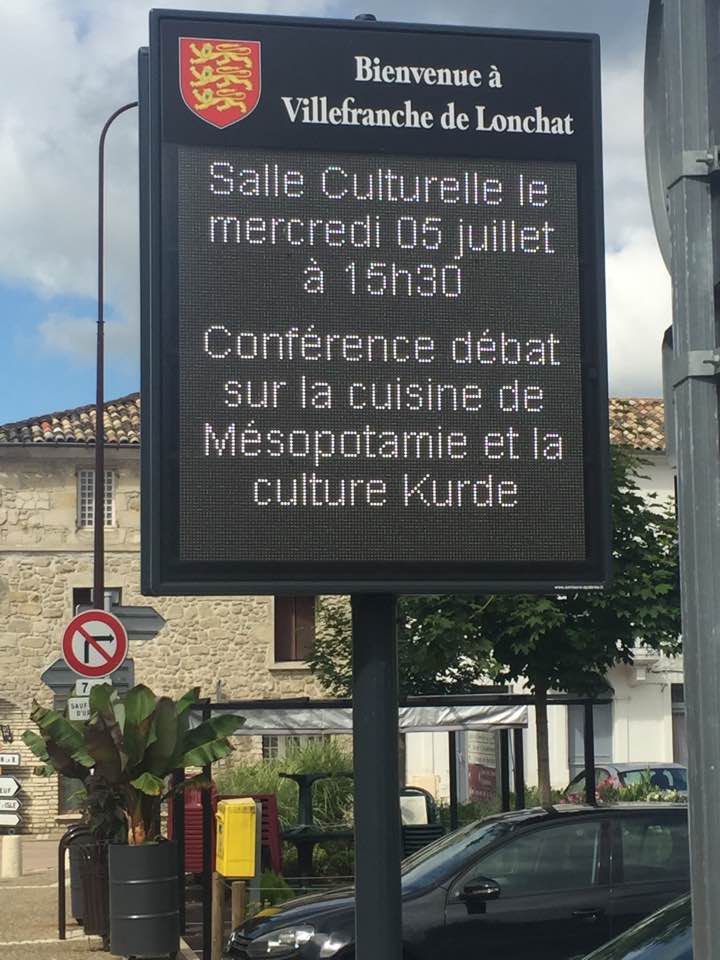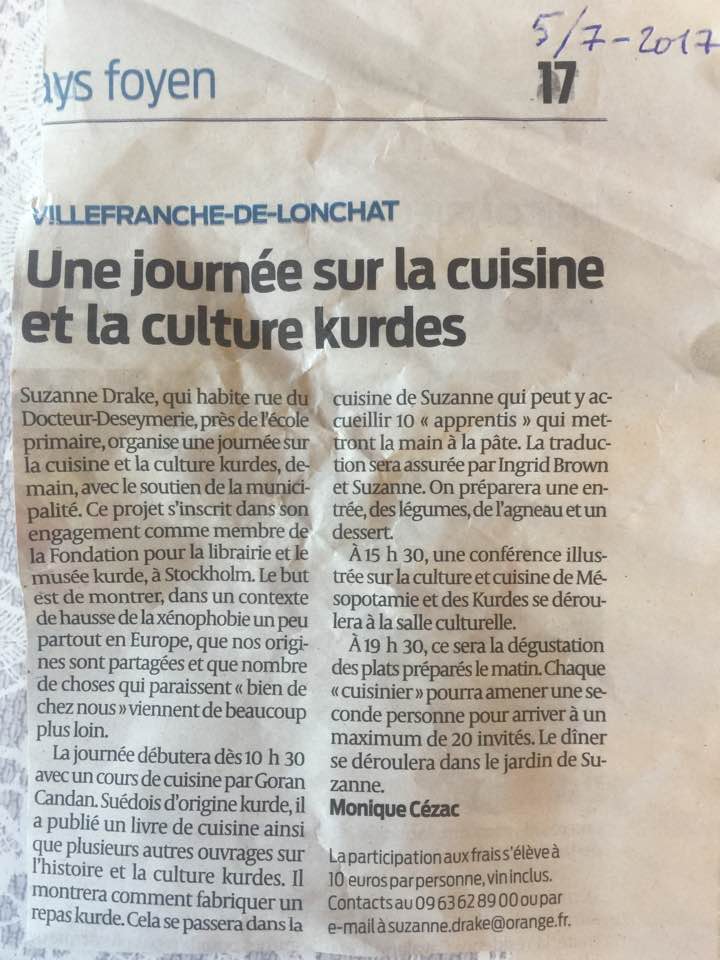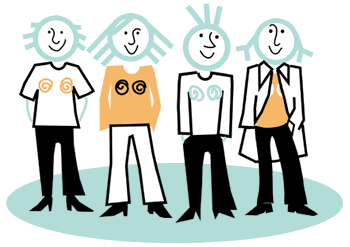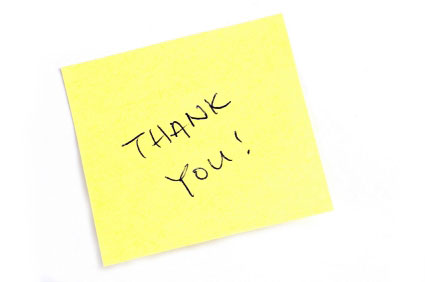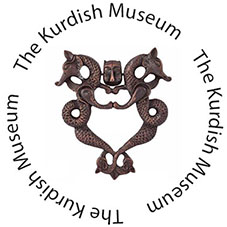Reflexions on the Stockholm Kurdish Exile Museum
The official Turkish ideology does not want the Kurds to have a national museum. As we have seen in recent years, Kurds have been able to establish museum projects either in European cities or in the free parts of Kurdistan. However, even these museums are not secure. Since the Kurds do not have representation in the UN and international institutions, they also lack international protection.
Museums are spaces where objects and documents related to art, culture, and science from the past are preserved, documented, archived, and exhibited. A museum represents the mind, consciousness, memory, and spirit of a nation. It is the tangible expression of historical consciousness. Therefore, the Turkish official ideology does not want the Kurds to have a national museum.
As seen in recent years, Kurds have been able to carry out museum projects either in European cities or in the free parts of Kurdistan. However, even these museums are not secure. For example, on October 16, 2017, following the betrayal of Kirkuk, the Iraqi state and Hashd al-Shaabi occupied Kirkuk and destroyed all cultural institutions and museums there. That is why the idea that Kurds cannot even establish a museum if they do not have an independed state still holds true. Nevertheless, despite all the difficulties, conducting museum work in partially free areas is very valuable.
Goran Candan has been since 40 years carefully collecting material cultural products, handicrafts, coins indicating the tenth century, and these are exhibited in this museum. The total number of such material cultural products exceeds a thousand. Efforts to expand this museum with various partifacts are ongoing. It is very valuable that Goran Candan has had the consciousness of establishing a Kurdish Museum many years ago. I believe that support should be given to this work.
The establishment of museums should be evaluated in terms of the state’s Kurdish policy. The Mesopotamia Cultural Center, Kurdishology Institutes established in many countries in Europe and the United States, including the Istanbul Kurdishology Institute, should also be evaluated in terms of the state’s Kurdish policy.
In this article, I will try to express my thoughts on the Stockholm Kurdish Exile Museum established in Sweden in 2007.
The state’s Kurdish policy can be summarized as follows: every method should be discussed, debated, brought to the agenda, and implemented to erase the Kurds, Kurdistan, their language, historie, and existence from the face of the earth. The state will use every opportunity to assimilate the Kurds into Turkishness. Denial and destruction are very important methods. Intensive efforts will be made to leave the remaining Kurds from annihilation without memory, without a past.
First of all, the Kurdish language should be banned, forgotten, and every measure should be taken to establish the dominance of Turkish in all areas where Kurds live. Those who mention the Kurds, speak Kurdish should face severe administrative and criminal sanctions. Those who demand ethnic rights for the Kurds, when they persist in their attitudes, should be completely eliminated using all methods. Burning down, destroying homes, villages, forests, stables, killing animals, burning, breaking, and destroying production tools, drying up water sources, poisoning the land should be frequently applied. All opportunities should be used to make tribal leaders, sheikhs, opinion leaders collaborate with the state. These individuals should be made to implement the state’s policy by giving bribes, providing material resources, and using violence if necessary. Those who insist on Kurdishness should have their property confiscated, and they should be brought to the agenda of oppression, violence, and mass deportations. All Kurdish institutions should be destroyed without leaving any traces and erased from existence.
During all these practices, Kurdish should be demeaned and belittled. Kurdish speakers and their families should be belittled, humiliated, scorned, Speakers of Kurdish should be underestimated, humiliated, scorned, and made to feel ashamed. In return, Turkishness, the Turkish language, and Turkish should always be elevated everywhere and at all times.
The kidnapping of children and women, as well as mass deportations, should frequently be implemented in all areas. Public administration, schools, compulsory military service, religion, family institutions, media, judiciary, and universities should be organized in line with this fundamental policy of the state. Exiled Kurds should be distributed to the western and central regions of Anatolia, where Turkish is predominantly spoken, as well as the Black Sea region. Care should be taken to ensure that these Kurds do not exceed five percent of the population in any area and no more than ten percent in some areas. If necessary, families should also be separated, and family members should be dispersed to distant provinces. Turkish families of Turkish origin, who immigrated from the Balkans and the Caucasus, should be settled in the areas vacated by the Kurds through mass deportations. These migrant families should be provided with all kinds of financial assistance and means of production. Marriages between Kurds and Turks should be facilitated.
***
After the Republic, the closure of madrasas (religious schools) is related to ethnic reasons rather than religious ones, in my opinion. It is known that education in Kurdish language was conducted in Kurdish madrasas (Kurdish Teological Schools – T) Regardless of the subject taught in the madrasa, the Qur’an, Sunnah, Hadith, Jurisprudence, Theology, etc., are all taught in Kurdish. With the closure of madrasas, this opportunity will be completely eradicated from life.
The abolition of Kurdish through the 1928 Language Reform is closely related to the imposition of Turkish. By transitioning from the Arabic alphabet to the Latin alphabet, Kurds will be completely disconnected from their past. This is particularly important for the future of Kurdish children. A child born in the mid-1920s will not be able to read newspapers, magazines, etc., produced by Kurds in the past. Even if Kurds had access to such opportunities in the past, they would not be aware of them. Those who are familiar with these relationships and live them out have been generally exiled from Turkey. Alternatively, these Kurds have been eradicated in conflicts or imprisoned with heavy sentences. Kurdish intellectuals of the time already had a disconnected life from Kurdistan as they lived in metropolitan areas like Istanbul. Therefore, it would not be possible for them to criticize or have any impact on the processes that occurred after the Republic. The mind of a Kurdish child who opens their eyes to life during this period is like a blank sheet of paper. There is no writing or stain on it. Whatever is taught in schools during this period will be recorded in their minds and become the most important determinant of their lives. The relationship between the Language Reform and the Kurdish and Kurdistan issue is actually much deeper.
It is known that this state policy expressed by Mustafa Kemal Atatürk was heavily supported by intellectuals, writers, the media, the judiciary, and universities.
“Reaching the Level of Contemporary Civilization”
After the Turkish Republic was build, the systematic and determined policies implemented are referred to as modernization. Mustafa Kemal Atatürk expressed it as “reaching the level of contemporary civilization.” It is known that these policies and practices were strongly supported by Turkish writers, intellectuals, the media, the judiciary, and universities.
The question that needs to be asked here is: where does trying to erase a nation, such as the Kurdish nation, from languages, histories, and the face of the earth fit in with modernity? Why do Turkish intellectuals, writers, press, media, judiciary, and universities enthusiastically support this process?
In this respect, for example, it is important to examine Niyazi Berkes’ book “Türkiye’de Çağdaşlaşma” (Modernization in Turkey, Bilgi Yayınevi, Ankara 1973, 555 pages). In Niyazi Berkes’ book, undoubtedly, there is no mention of the Kurdish issue, the Armenian issue, the Alevi issue, and so on. It can’t even be said that these issues are implied. However, if the state’s Kurdish policy mentioned above is taken into account, can Niyazi Berkes express his thoughts so freely? Can modernization be written by ignoring important factual processes? This would be a noteworthy analysis. (**)
Efforts to Establish a Kurdish Museum
It is well known that the efforts of Kurds to establish a Kurdish Museum develop in a manner that is contrary to the state’s Kurdish policy. As mentioned at the beginning of the text, a museum is the process of collecting, preserving, and transmitting the values that belong to a nation, the values that make up a nation, to future generations. Kemalist policies and practices, on the other hand, are brought up with the aim of completely eradicating these values.
In this context, there is a significant difference between the approach of the Ottomans towards the Kurds and the approach of the Kemalists towards the Kurds. In the Ottoman period, until the Committee of Union and Progress (Ittihat ve Terakki), there was no systematic, determined assimilation. For example, Kurdish magazines and newspapers could be published in the late period of the Ottoman Empire. In the Republic, on the other hand, there are prohibitions that include violence regarding these issues. This raises the question: What has the Republic gained for the Kurds?
In addition to public administration, schools, and judicial institutions, the organization of universities in line with the assimilation of Kurds is also important.
In Turkey, the university has never addressed issues such as the Kurds, the Kurdish problem, or the Armenian problem. The reason for this is the official ideology’s effort to consider Kurds as Turks and to Turkify them. In addition, there is a special directive from Mustafa Kemal to the academy.
The name of the academy was “Dar’ül Fünun” until 1933. Its teachers were called “müderris.” In 1933, it became a university, and its teachers were called “professors.” In my opinion, Mustafa Kemal gave the following directive to the academy: “Any subject can be examined and researched, but there is no such subject as the Kurds or the Armenians. There will be no involvement in these issues under any circumstances.” There are no questions like ‘What has happened to the Kurds?’ or ‘What has happened to the Armenians?’ Both during the Dar’ül Fünun period and the university period, the academy never touched upon these subjects. It always remained loyal to these directives and expelled those who showed an interest in such topics from its ranks.
In 1933, the majority of Jewish professors who were subjected to Nazi oppression were expelled from Germany. Some of them came to Turkey. It is said that their arrival in Turkey led to a reform, the establishment of the university, and the transition from Dar’ul Fünun to the University. In my opinion, this is not a valid perspective. If there is no freedom of expression or if it is limited, it is not possible to talk about a university because a scientific environment can only be formed with freedom of expression. The expelled professors from Germany did not make efforts to create such an environment. They became a part of the oppressive regime in Turkey. They became closely integrated with the oppressive regime in Turkey.
In 1933, there were about 160 professors in Dar’ül Fünun. When the transition to the University took place, about two-thirds of them were dismissed from their positions. The reason for this purge was that they did not write praising articles in newspapers about popular understandings such as the Turkish History Thesis and the Sun-Language Theory, and they did not give supportive lectures on these understandings. Therefore, these professors were removed from their positions.
Despite this Kemalist understanding, Goran Candan’s Stockholm Kurdish Exile Museum has been realized. It is clear that this is a significant development compared to 100 years ago. Kurdish Museums will develop the historical and societal consciousness of Kurds. They will contribute to the revival and development of collective memory.
Ismail Besikci
_____________________
(*) İbrahim Gürbüz, the Chairman of the Board of the IBV (Institute for Research and Development) has made important contributions to the preparation of this article. Thank you.
(**) The same can be said for Niyazi Berkes’ other books: Niyazi Berkes, Atatürk and the Revolutions, Adam Publishing, Istanbul, October 1982, 234 p. Niyazi Berkes, Theocracy and Secularism, Adam Publishing, Istanbul, March 1984, 216 p. Niyazi Berkes, Essays on Philosophy and Social Science, Adam Publishing, Istanbul, February 1985, 394 p. Niyazi Berkes, Forgotten Years, İletişim Publishing, Istanbul 1908, 586 p.
Source: https://m.nerinaazad2.com/tr/columnists/ismail-besikci/stockholm-kurd-surgun-muzesi-uzerine-dusunceler?fbclid=IwAR2G47RpvwmvDecU6bL–dOHMHMBAfw3_D9Q-qeAUAJCRANn-8vIDJm1NpE
|
